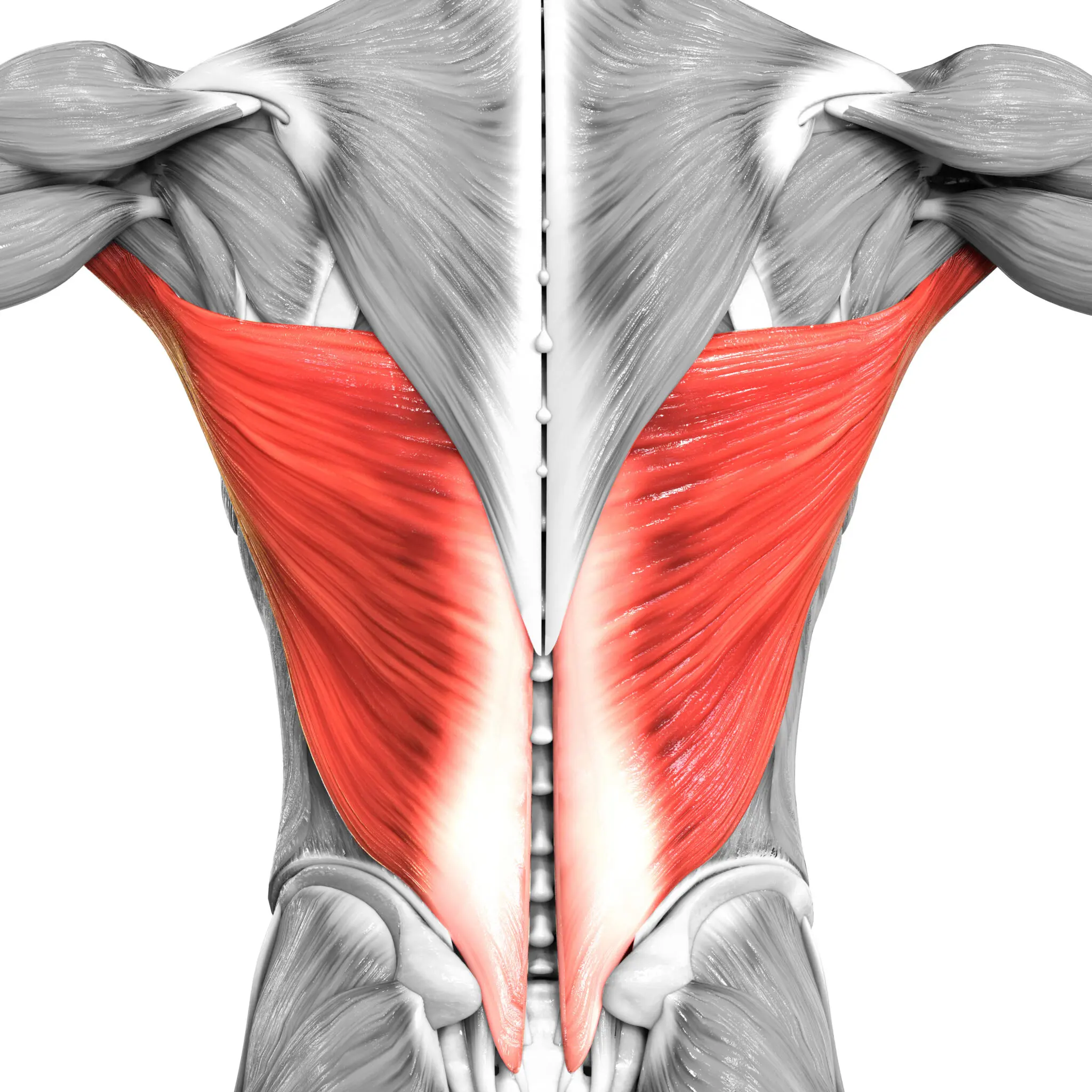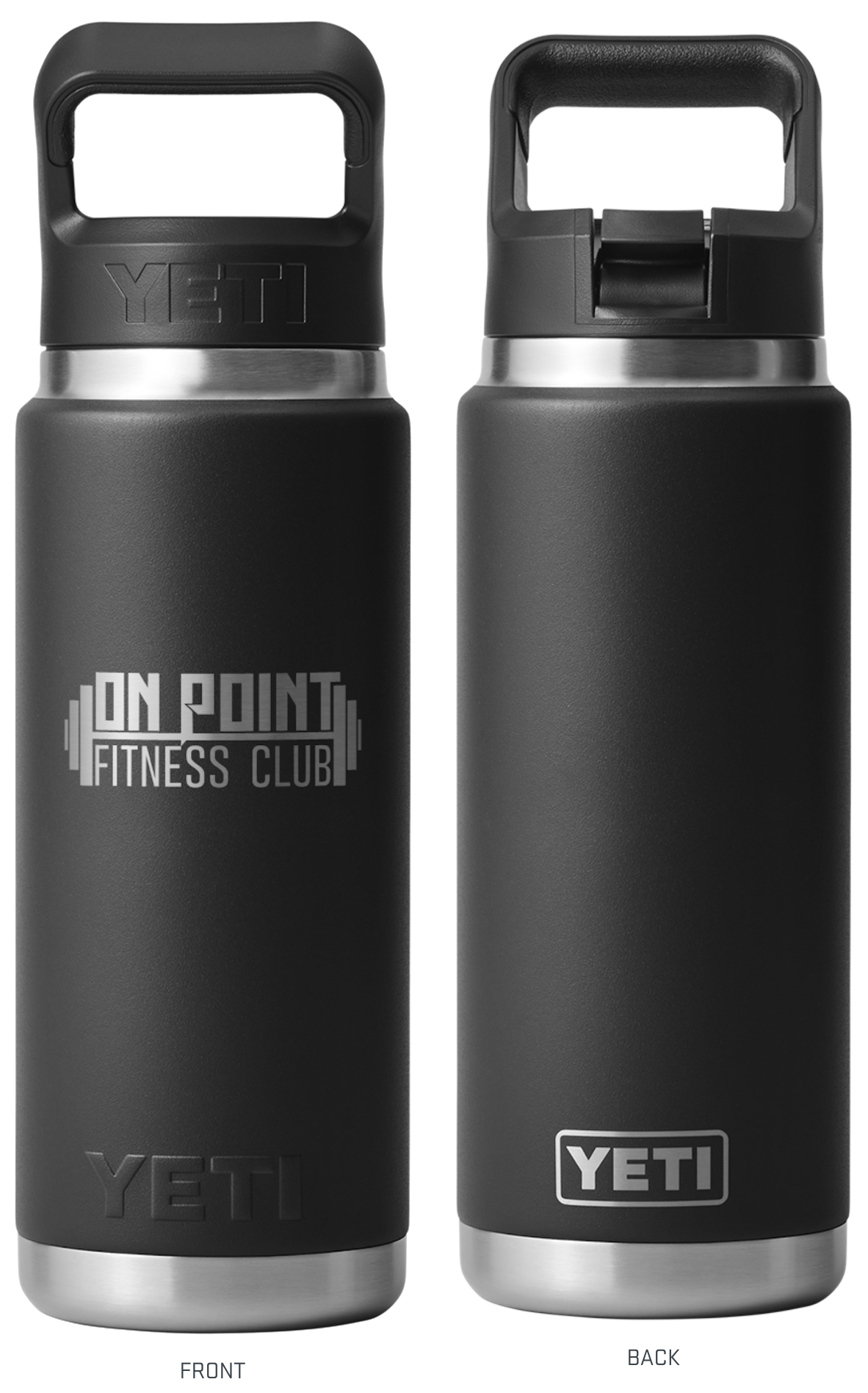There’s a four-letter word that many of us need to start appreciating: REST.
Too often, REST is taken for granted. Our bodies need rest to recover from tough training, long weekends of travel, and to keep our minds and energy sharp.
By definition, rest is a bodily state characterized by minimal functional and metabolic activity. But in training, it’s much more than that. Here’s what REST really means inside a workout:
1️⃣ Strength Training
When building strength, the focus is on heavier weights that move slowly. These sessions challenge both the nervous system and muscles, so resting 2–5 minutes between sets is crucial to maintain performance and form.
If the goal shifts to muscle growth (hypertrophy), rest intervals shorten to 45–90 seconds to increase time under tension and metabolic stress.
Research from the National Strength and Conditioning Association (NSCA) shows that 2–5 minutes of restallows near-complete recovery of ATP stores and optimal force production. Shorter rest can reduce power output by more than 20%, increasing fatigue and injury risk (Schoenfeld, 2016; Journal of Strength & Conditioning Research).
👉 Skipping rest doesn’t make your workout tougher– it makes it less effective.
2️⃣ Fat Loss / Metabolic Conditioning
For fat loss, we increase metabolic demand through HIIT or higher-volume, full-body workouts. These raise heart rate and create lactic acid buildup, which is a good thing when it is within limits.
Resting 60 seconds to 2 minutesbetween bouts allows lactate to clear before the next round. A 2018 study in Frontiers in Physiology found that short rest intervals (30–90 seconds) boost post-exercise oxygen consumption (EPOC)– the “afterburn effect” that helps the body burn more calories after training.
Another study by Medbo & Tabata (1993) also shows lactate typically clears in 60–120 seconds, aligning perfectly with this rest window.
👉 That short rest isn’t wasted– it’s when your body resets to attack the next round with intensity.
3️⃣ Power Training
Power sessions focus on lighter weights moving fast. Think jumps, sprints, or Olympic lifts. These rely on the Creatine Phosphate System, which fuels only about 10 seconds of explosive effort before it’s depleted.
It takes 3–5 minutes for that system to fully recover (McArdle, Katch & Katch, 2015). Cutting that time short can lower power output by up to 15%, meaning patience between sets directly translates into higher jumps, faster sprints, and stronger lifts.
👉 In power training, rest is the secret ingredient that keeps every rep explosive.
4️⃣ Mental and Systemic Recovery
Rest doesn’t just rebuild muscle; it resets your nervous system and focus. Inadequate rest increases fatigue and reduces concentration (Sports Medicine, 2019).
Sleep plays a major role, too. A study from Skein et al. (2011) found that proper rest and quality sleep significantly enhance muscle protein synthesis and overall recovery.
👉 Rest is physical repair and mental recharge– the unsung hero behind progress.
Final Takeaway
For your next training session, when your coach drops that four-letter word, take their advice and REST until it’s go-time again.
Because the truth is simple: Rest isn’t lazy; it’s essential. It’s the difference between training hard and training smart.






